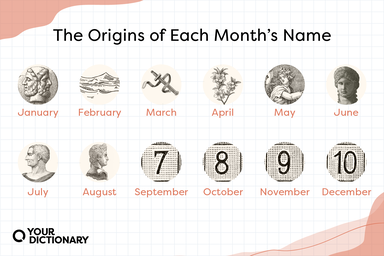About a mile east of the village is a small piece of moorland called the Bossenno, from the bocenieu or mounds with which it is covered; and here, in 1874, the explorations of James Miln, a Scottish antiquary, brought to light the remains of a Gallo-Roman town.
The Germanic tribes had no need to use the Latin language until they had coalesced with the Gallo-Roman population.
A few stone implements suggest the transition from stone to bronze; and the occasional occurrence of iron weapons and pottery of Gallo-Roman origin indicates the survival of some of the settlements to Roman times.
Gallo-Roman remains have been discovered in the vicinity of Belfort, but the place is first heard of in the early part of the 13th century, when it was in the possession of the counts of Montbeliard.
Albi (Albiga) was, in the Gallo-Roman period, capital of the Albigenses, and later of the viscounty of Albigeois, which was a fief of the counts of Toulouse.





